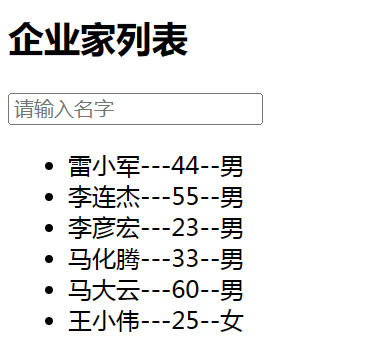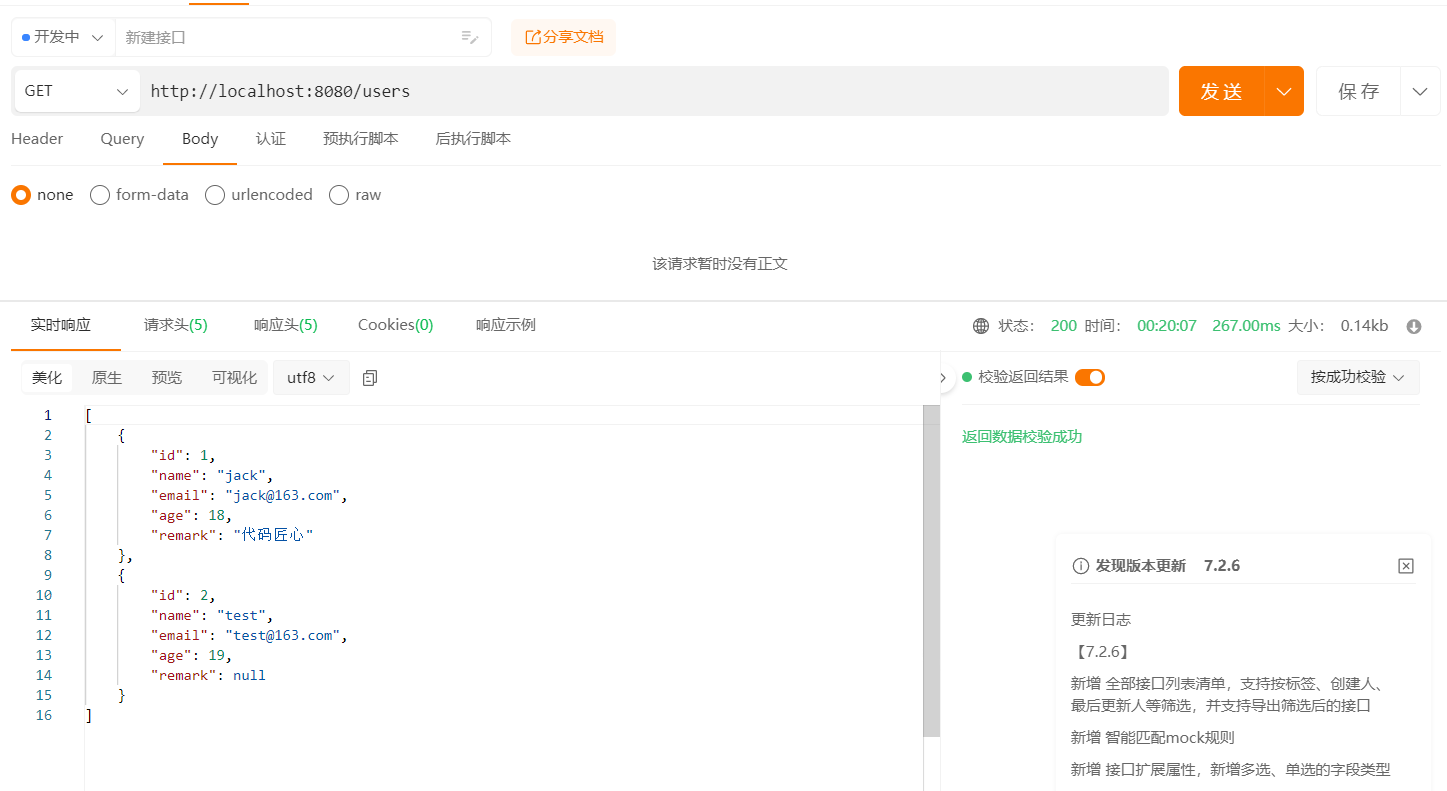DRF三大认证
一、认证组件
1.基本使用
关于认证组件,现实生活中我们经常用到该组件,比如逛淘宝在首页浏览商品不用登录,搜商品也不需要登录,游客模式即可。但是一旦涉及到加入购物车、收藏商品需要先登录。这就是典型的登录认证。那么接下来我们一起研究一下认证组件的后端代码实现逻辑吧!首先我们罗列一下整体大逻辑。
- 创建一个py文件,里面写认证类、继承BaseAuthentication
- 在该文件里的认证类下重写authenticate方法,该方法是逻辑的重点也是难点
- 如果认证成功、返回两个值【或返回None】
- 如果认证不通过、就直接抛异常AuthenticationFailed
- 最后根据具体需求实现全局使用或局部使用的设置
现在有个需求:
查询所有图书不需要登录认证
查询单个图书需要登录认证
当然前提是:
咱得有模型表、序列化器、登录功能,在此基础上实现该功能。
接下来小编会非常详细的通俗易懂的表达来讲解以下吧,具体步骤继续往后看哟。
写视图类
from rest_framework.viewsets import ViewSetMixin # 导入可以自动生成路由
from rest_framework.generics import ListAPIView, RetrieveAPIView # 查所有 查单个
from .serializer import BookSerializer # 序列化器
from .models import Book # 模型表
from .authenticate import LoginAuth # 认证类
class BookView(ViewSetMixin, ListAPIView):
"""查询所有接口"""
queryset = Book.objects.all()
serializer_class = BookSerializer
class BookDetail(ViewSetMixin, RetrieveAPIView):
"""查询单个数据"""
queryset = Book.objects.all()
serializer_class = BookSerializer
# 查询单个需要登录认证,写完认证类之后这里引用即可
authentication_classes = [LoginAuth]
写认证类
from rest_framework.authentication import BaseAuthentication
from .models import UserToken
from rest_framework.exceptions import AuthenticationFailed
class LoginAuth(BaseAuthentication):
def authenticate(self, request):
# 这里实现认证 如果是登录了往后,如果不是直接抛异常
# 通过请求中token判断是否登录,放在地址栏
token = request.query_params.get('token', None)
if token: # 前端传入token了, 去表中查 如果能查到表名登录, 返回两个值或None
user_token = UserToken.objects.filter(token=token).first()
if user_token:
return user_token.user, token
else:
# 没有登录就抛异常
raise AuthenticationFailed('token认证失败')
else:
raise AuthenticationFailed('没拿到token')
写路由哟
# 第一步 导入模块以及路由类
from django.contrib import admin
from django.urls import path, include
from app01 import views
from rest_framework.routers import SimpleRouter, DefaultRouter
# 第二步 实例化得到对象
router = SimpleRouter()
# 第三步 注册(路径和视图类建立了关系,有几个视图就注册几次)
router.register('books', views.BookView, 'books') # /api/v1/user/login post 请求
router.register('books', views.BookDetail, 'books') # /api/v1/user/login post 请求
# 第四步 在urlpatterns里添加
urlpatterns = [
path('admin/', admin.site.urls),
path('api/v1/', include(router.urls)),
2.局部以及全局使用方法
局部使用
上面步骤的就是局部使用,在某个试图类下按照要求写入认证类即可,这样当前视图类管理的所有的接口都可以使用该认证,全局不受影响
class BookDetailView(ViewSetMixin, RetrieveAPIView):
# 按照这个格式,引入认证类即可
authentication_classes = [LoginAuth]
全局使用
全局所有接口都生效(登录接口不要)
REST_FRAMEWORK = {
'DEFAULT_AUTHENTICATION_CLASSES':['app01.authenticate.LoginAuth']
}
局部禁用
如果全局配完之后,局部某个视图需要禁用,那么authentication_classes等于一个空列表既可以实现
具体操作如下
class BookDetailView(ViewSetMixin, RetrieveAPIView):
authentication_classes = []
二、权限组件
1.基本使用
照样,先大概罗列一下整体步骤
- 创建py文件里面写权限类,继承BasePermission
- 在权限类重写has_permission方法,该方法实现权限认证,request.user就是当前登录用户
- 如果有权限,返回True
- 如果没有权限,返回False,定制返回的中文:self.message='中文解释'
- 最后根据具体需求实现局部或全局使用的设置
新建py文件,在里面写权限类
from rest_framework.permissions import BasePermission
class CommonPermission(BasePermission):
def has_permission(self, request, view):
# 实现权限的控制,如果有权限
if request.user.user_type == 1:
return True
else:
self.message = '您是【%s】,您没有权限' % request.user.get_user_type_display()
return False
在视图类引入即可实现局部配置
from .permission import CommonPermission # 权限类
class BookDetailView(ViewSetMixin, RetrieveAPIView):
permission_classes = [CommonPermission]
2.局部及全局使用
全局使用
REST_FRAMEWORK = {
'DEFAULT_PERMISSION_CLASSES': ['app01.permissions.CommonPermission']
}
局部禁用
class BookDetailView(ViewSetMixin, RetrieveAPIView):
permission_classes = []
三、频率组件
1.基本使用
- 新建py文件写一个频率类,继承SimpleRateThrottle
- 里面重写get_cache_key方法,返回什么,就以什么做限制----》ip,用户id做限制
- 配置一个类属性:scope = 'book_5_m'
- 最后根据具体需求实现局部或全局使用的设置
写频率类
from rest_framework.throttling import ScopedRateThrottle
class CommonThrottle(ScopedRateThrottle):
# scope是类属性 对应的值随便定义
scope = 'zzz'
def get_cache_key(self, request, view):
# 返回什么就以什么做频率限制(可以id也可以是IP)
# 客户端IP地址从哪里拿
return request.META.get('REMOTE_ADDR') # 以ip做限制
# return request.user.pk # 以用户id做限制
在视图类
from .throttle import CommonThrottle
class BookDetailView(ViewSetMixin, RetrieveAPIView):
throttle_classes = [CommonThrottle]
# 在配置文件里需要加这个配置才会实现频率限制
REST_FRAMEWORK = {
'DEFAULT_THROTTLE_CLASSES': ['app01.throttle.CommonThrottle'],
'DEFAULT_THROTTLE_RATES': {
'zzz': '5/h',
},
2.全局及局部使用
全局配置
REST_FRAMEWORK = {
'DEFAULT_THROTTLE_CLASSES': ['app01.throttling.CommonThrottle']
}
局部禁用
class BookDetailView(ViewSetMixin, RetrieveAPIView):
throttle_classes = []

























